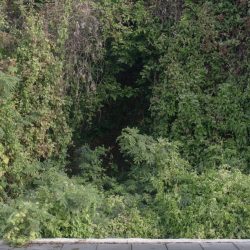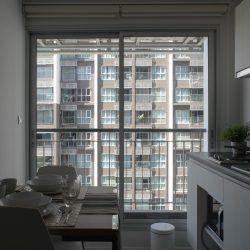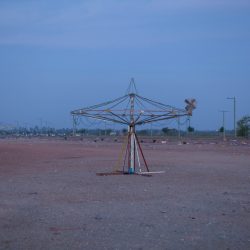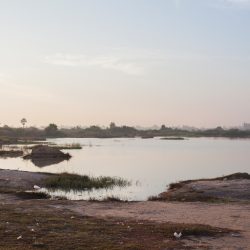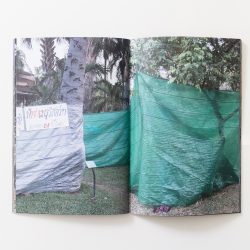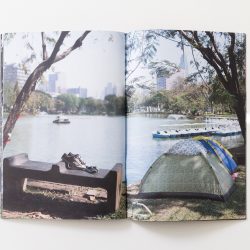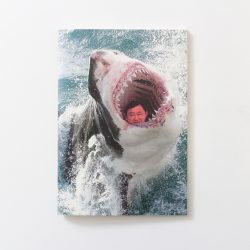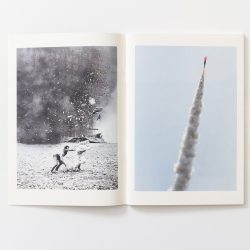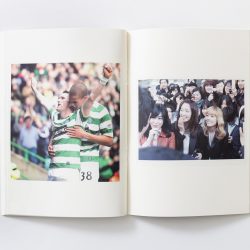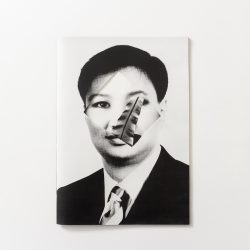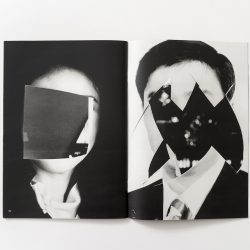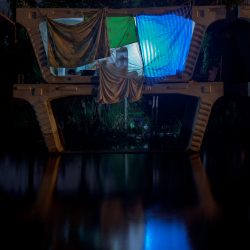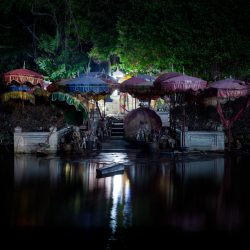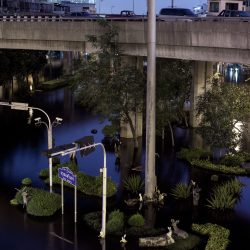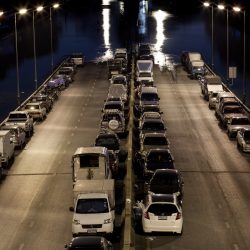THIS 50MM LENS PHOTOGRAPHER DEFINES HIMSELF AS AN ‘IMAGE MAKER,’ EXPANDING HIS REALM OF WORK TO INCLUDE PHOTOGRAPHY, IMAGES AND TEXT
It is technology that brings changes. Years pass as things are being replaced or losing their roles. It is finally photography’s turn to withstand the tide of change. The ability to reference reality, truthfulness and the short process of its making, these qualities that once caused photography to replace painting are now being challenged by new forms of media. Amidst this time of transition, a photographer attempts to stand his ground or at least move very little.

Miti Ruangkritya began the path of what would later become his career with a photography course at an institute near his house after deciding to quit his job as a salary man. He later pursued this new found interest in London, England where he studied a master’s degree in photography. His name first appeared in the Thailand photography scene at the exhibition Between Every Day Life and The Politic of ME that had BACC (Bangkok Art and Culture Centre) as its host. He was later shortlisted as one of the new generation photographers for the Magenta Award for Emerging Photographers in England before winning the Honorable Mention award the following year on the very same stage. Miti’s interests revolve around “contemporary phenomena,” a subject matter that has become one of the most prominent depictions of his career. Space Shift (2012) is a series that captures incidents and conditions of the 2011 flood. Christmas Trees (2014) is comprised of photographs of fake Christmas trees of various sizes and styles used for the decoration of shops during the holiday season. Dream Property portrays the current real-estate boom where Miti uses photography as a form of documentation and a tool that reflects the ‘truth,’ which leads to many other realized aspects.
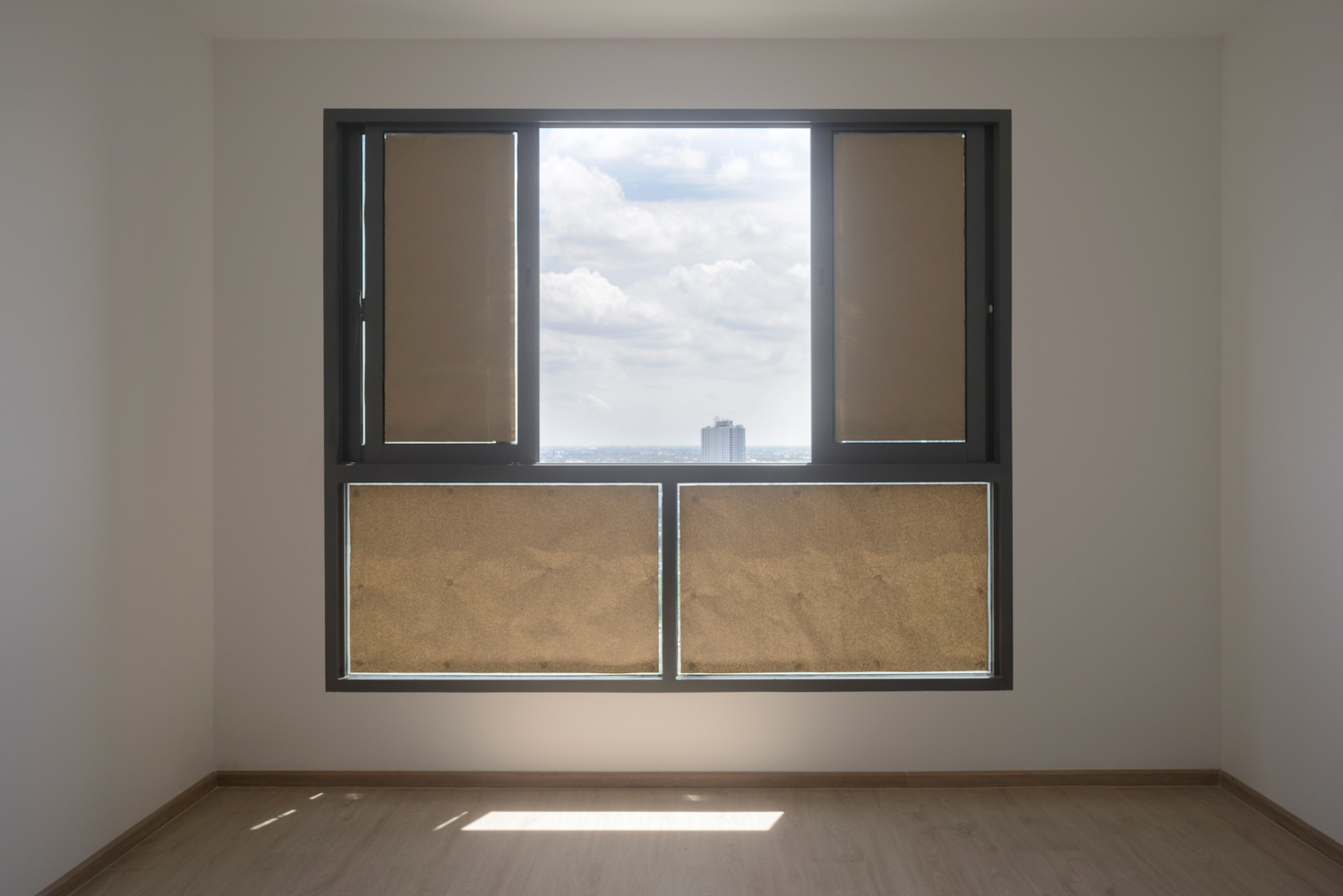
Dream Property, Image © Miti Ruangkritya
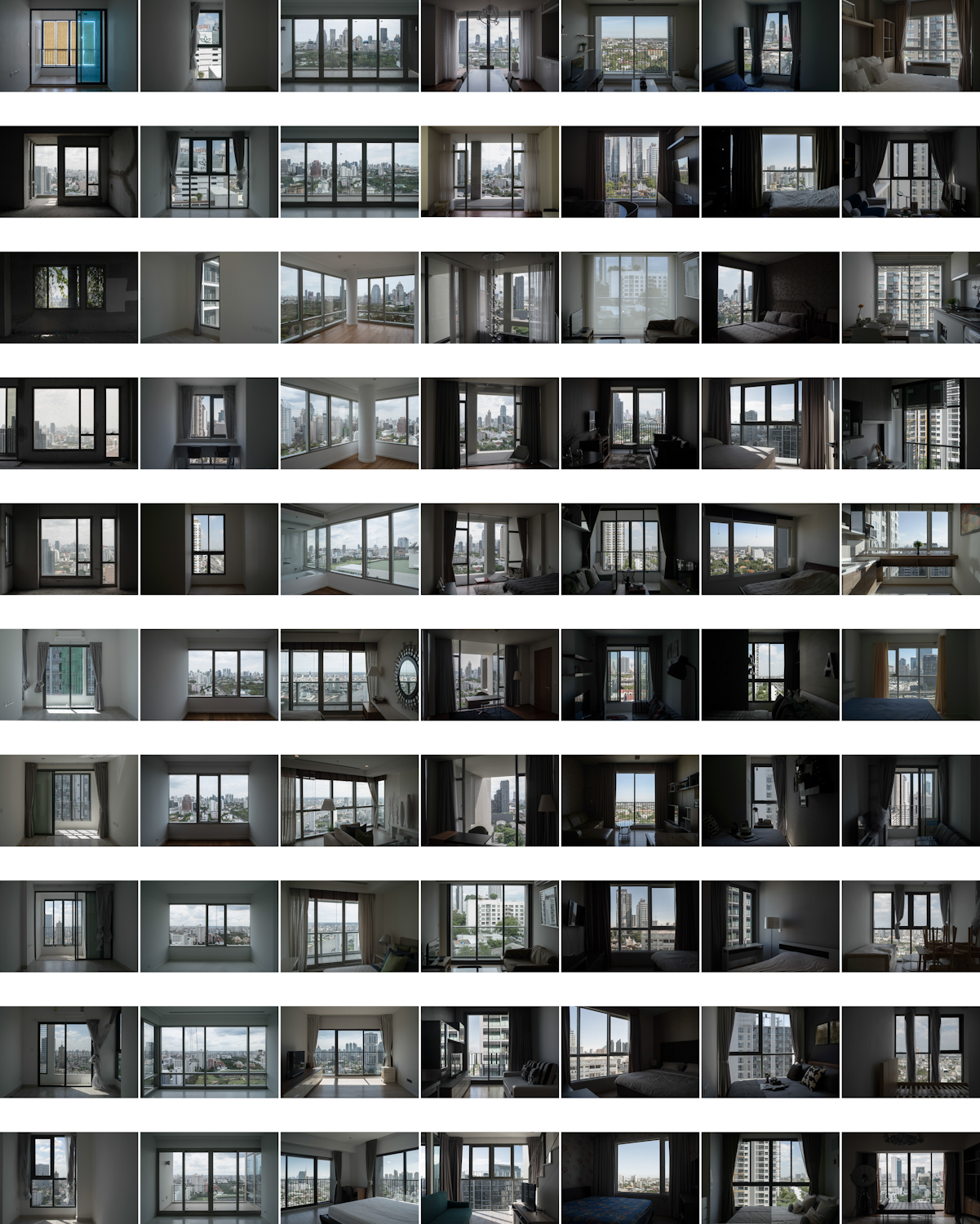
Dream Property, Image © Miti Ruangkritya
Image Maker is the term Miti prefers to use for it not only defines but extends the boundaries of what he does. It all begins with Miti questioning his own method of working, essentially how important is the process (going out and taking pictures) today. “I started in the most traditional way, walking the street and capturing things, pretty much like the photojournalists would do. I wanted to photograph the things most people would neglect.” Miti talks about his THAI POLITICS (I) (2006) and THAI POLITICS (III) (2011) series where he documented the country’s political situation in two different periods of time. The first series is the photographs of a collection of t-shirts worn by the protestors of the People’s Alliance for Democracy during 2006, the year when Miti first came back to Thailand. The series of photography he took five years later were the faces of two political leaders from the major rival parties that had been slashed, overwritten and destroyed during the 2011 national election campaign.

On the Edge, Image © Miti Ruangkritya
The following years were a time when Miti came to the realization that perhaps a photographer no longer needs to go out to capture different incidents, mainly because the role of social media and search engines’ abilities can do just that job. The concept later materialized into the series THAI POLITICS II (2011) and THAI POLITICS IV 1-2 (2014) where Miti raised an issue and gathered a collection of images from the Internet, which he later turned into a book of photography that revolves around emerging political phenomena such as the popularity of the memes of the former Prime Minister, Taksin Shinnawatr people came up with to accompany the famous phrases “Thaksin, Where are you?” or the selfies that came with the hashtag “youngPDRC” widely uploaded and circulated through social media. The book was simply designed, published and sold at an affordable price. Miti once sold them at his solo exhibition ‘Uncertain States’ at 2902 Gallery in Singapore back in 2014. “I wanted these things properly kept because the Internet archive is not that stable. My experience in Thailand as a photographer only dates back to 2006, so photography is a tool that helps me learn, one thing at a time.”
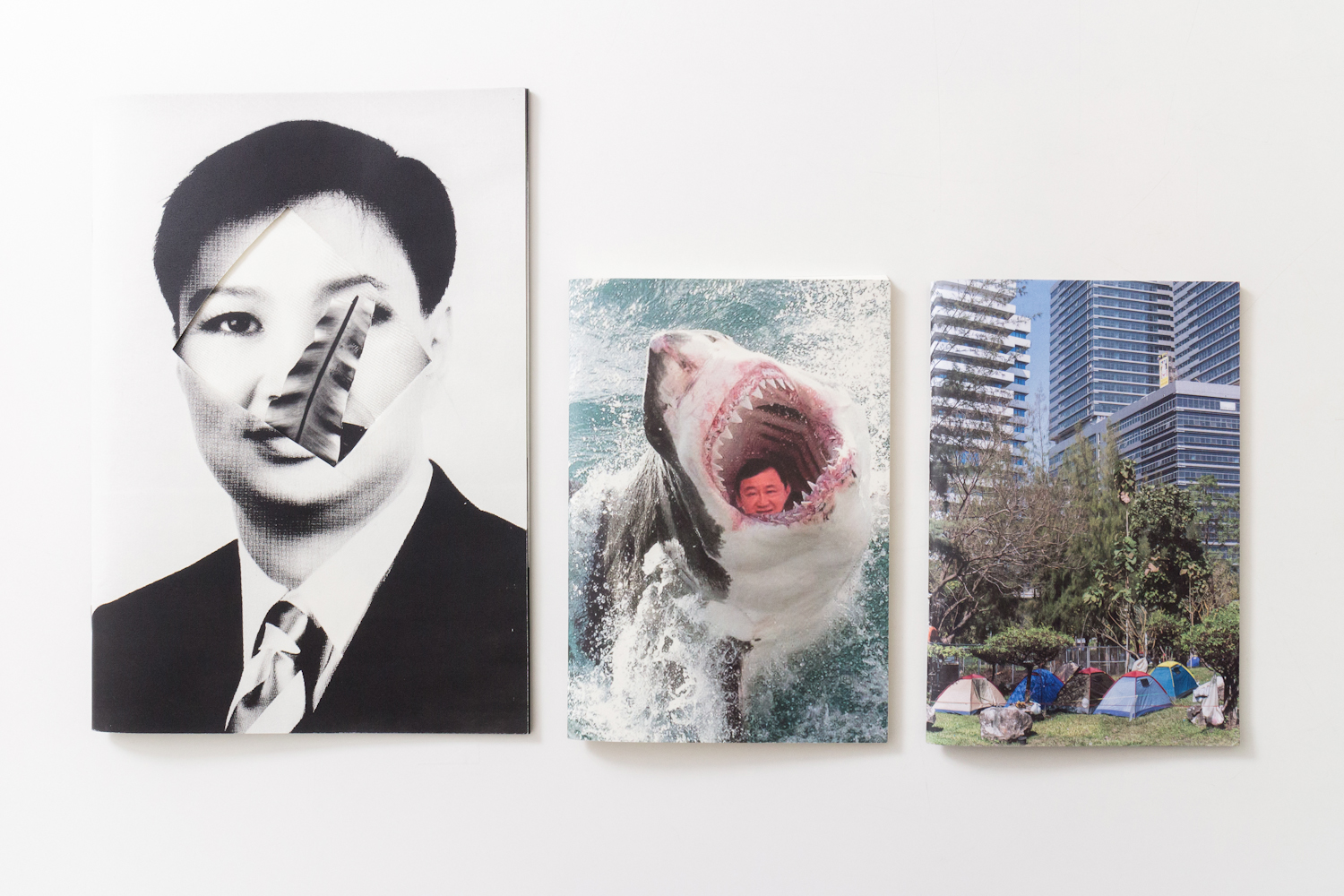
The works included in ‘THAI POLITICS’ in which Ruangkritya has captured and turned the Thai political phenomenon into a pocket book as a form of archive. Image © Miti Ruangkritya
His boundary extends even further, surpassing the convention of photography with the use of text instead of images in Excerpts from Bangkok Real Estate Advertising (2014), a pocketbook with only one photograph on the cover and the remaining 52 pages showcasing advertising texts of condominium projects that Miti once put together as somewhat of a book of real-estate advertising poetry. “It doesn’t need any images, just text alone can encapsulate people’s wishes and demands.” His collaboration with German sound artist, Christina Kubisch, for the exhibition Omnivoyeur and Electrical Walks Bangkok held at BACC a few months earlier this year is one of the examples of his steps into other artistic disciplines.
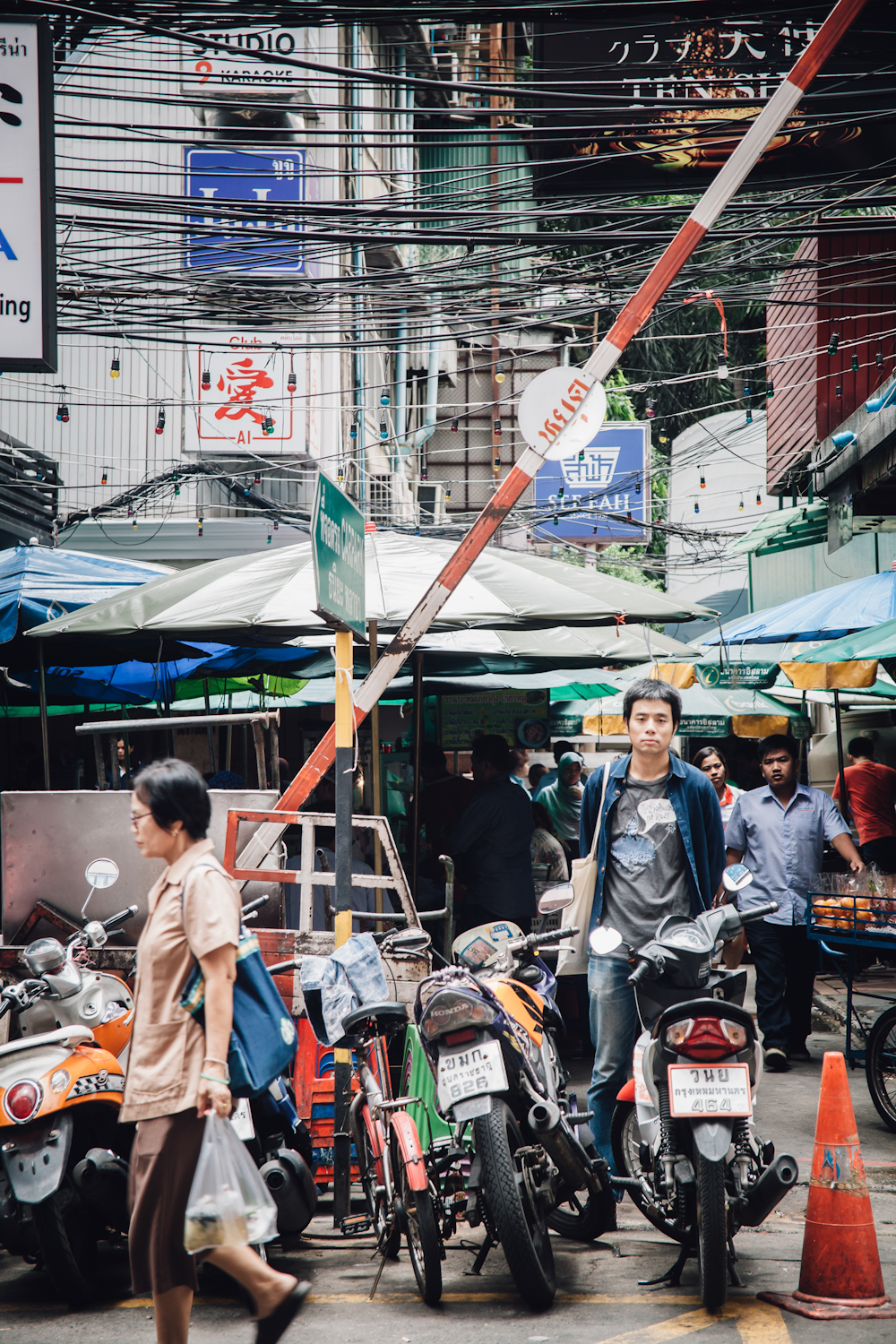
Miti Ruangkritya, Portrait by Ketsiree Wongwan
Many of the works and methods Miti has done may seem rather contradictory with what we said about his attempt to ‘stand his ground’ in the first paragraph; but careful consideration will reveal that while his work slips into the tradition of art, what is kept intact is the very primary characteristic of photography – ‘documentation.’ There is a fine line between presentation of “one’s ideas” and “reality” and what Miti does is make that line more noticeable with his photographic style. He creates a distance to lessen his “subjectivity,” making his photographs function as a presentation of information. The equalized tone is intentional while the absence of contrast refrains from leading viewers to any specific focal point. The 50mm. lens (28 mm. in the cases where he wants to capture a wider angle) he often uses is the same distance of perception as humans’ eyes while the captured angles don’t emphasize any one object too specifically. Naming his works in declarative sentences or phrases such as THAI POLITICS, Empty Lot, or Room is one of Miti’s intentions, to tell the audience nothing more than what is in the images. Such quality can also be found in the texts of Excerpts from Bangkok Real Estate Advertising (2014).
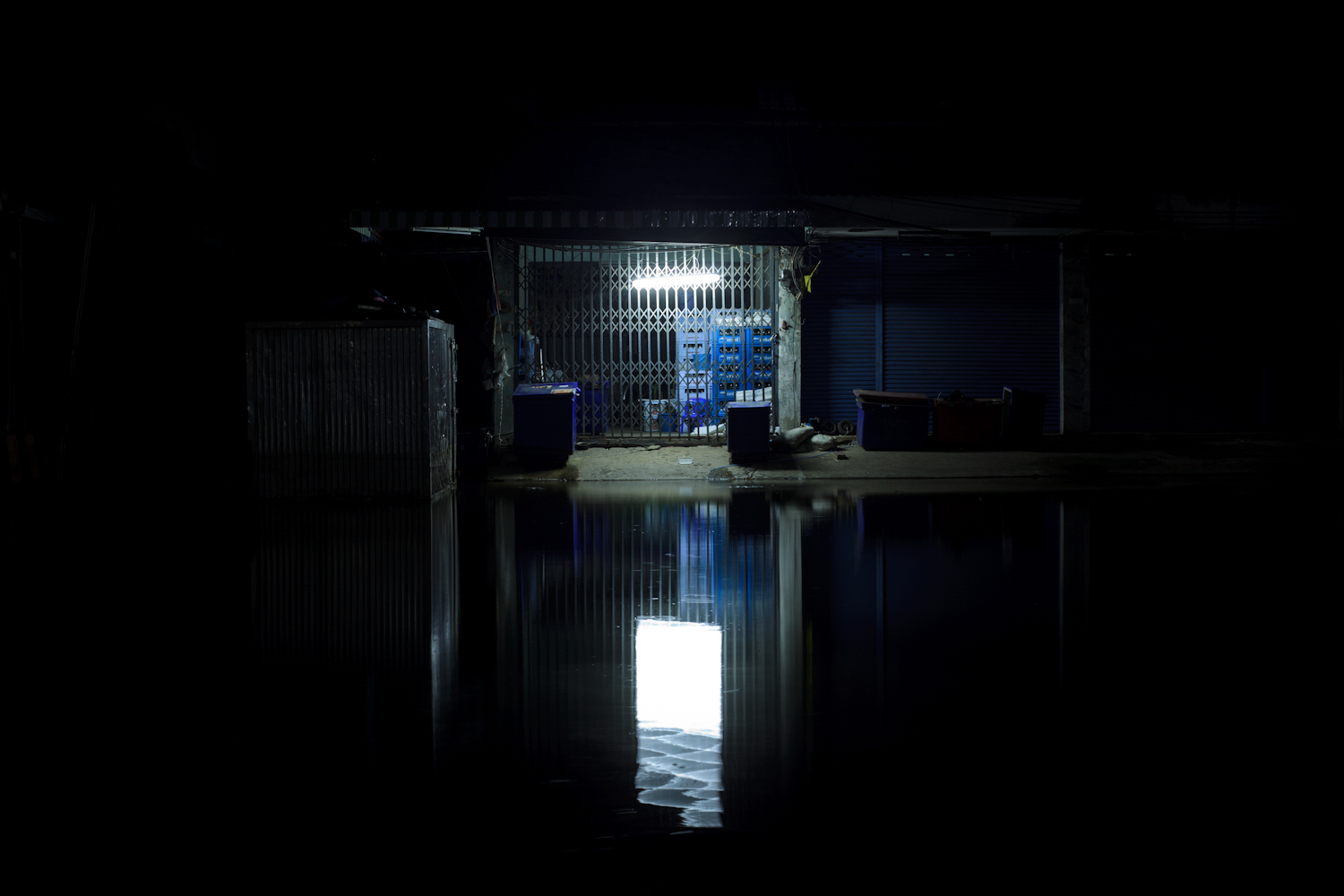
Imagining Flood, Image © Miti Ruangkritya
“I like photography because there is this obscurity to it. It’s not something with literal meaning like text, but it does contain the reality in the sense that no one can really be impartial. Photography is cropping, there are always parts you leave out.” From a photographer to an image maker, this slight repositioning considerably expands the realm of Miti’s practice. It stretches far to the point where text is employed to the making of his photography. How the use of text will play out in the next series of his works remains to be seen, but after all, in its very own essence, text posses the same qualities as an image. Less tangible to one’s perception, but text, can too, appear and communicate clearly in the mind of the lookers.

Miti Ruangkritya, Portrait by Ketsiree Wongwan
TEXT: NAPAT CHARITBUTRA
mi-ti.com



